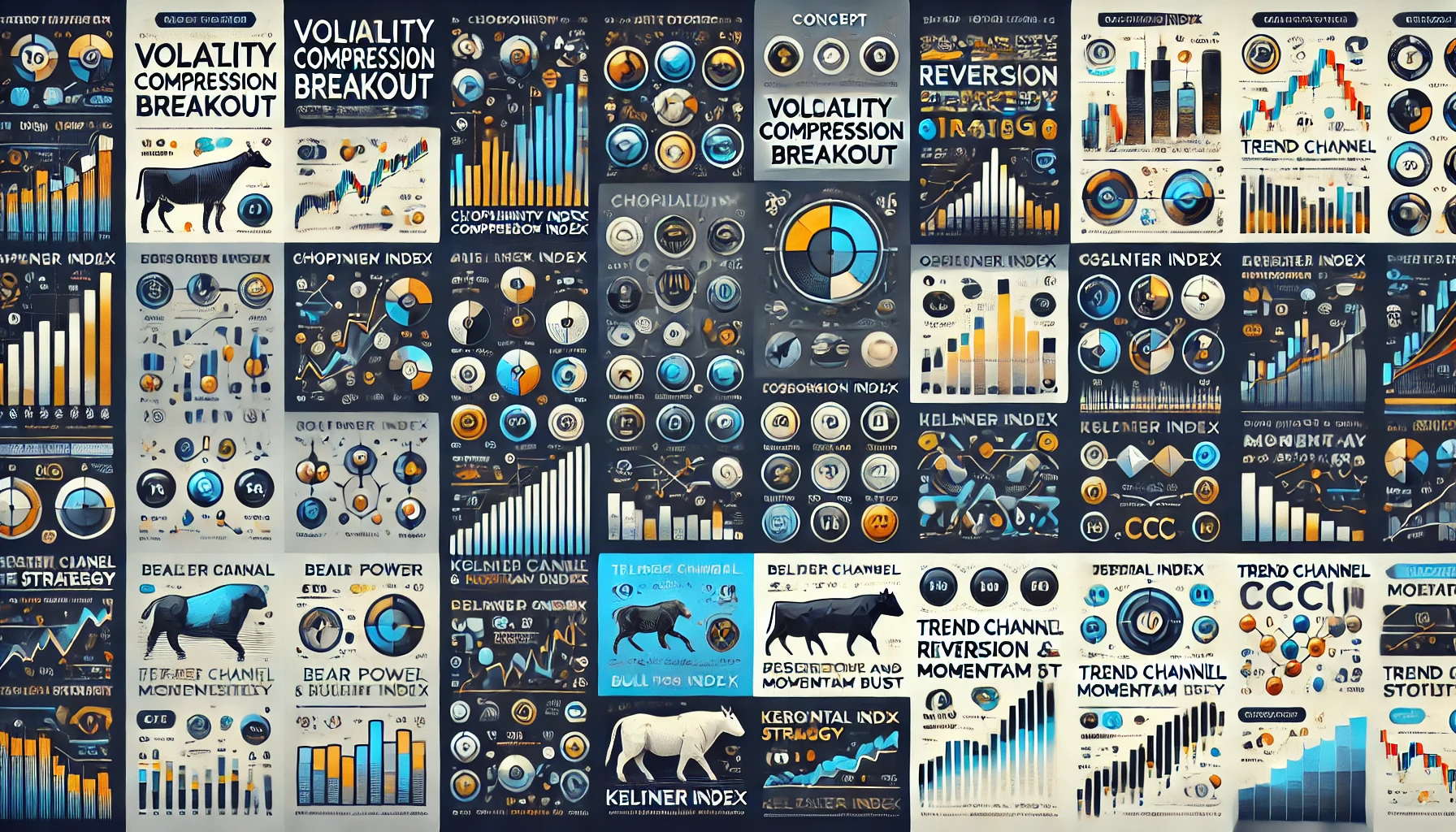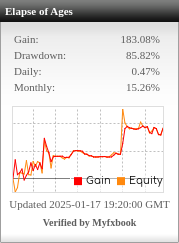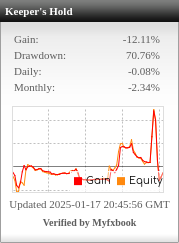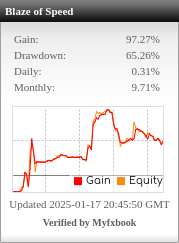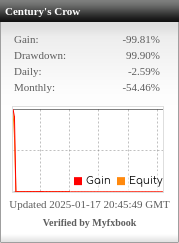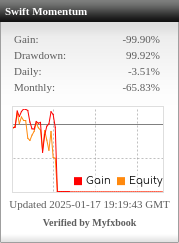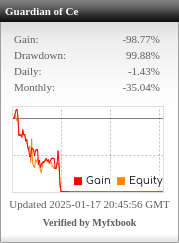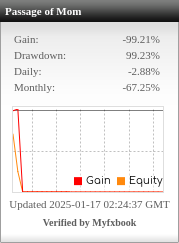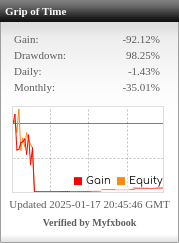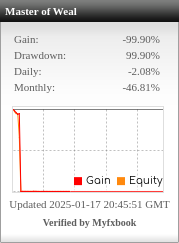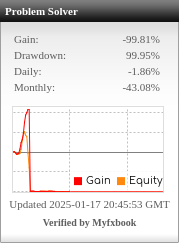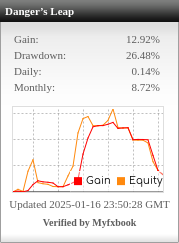Table of Contents
- 1. Volatility Compression Breakout Strategy
- 2. Oscillator Reversion and Momentum Burst Strategy
- 3. Trend Channel Momentum Strategy
- 4. Mean Reversion on Trend Weakness
- 5. Cycle-Based Trend Reentry Strategy
- 6. Sentiment and Momentum Reversal Strategy
- 7. Market Chaos and Divergence Strategy
- 8. Dynamic Momentum and Price Rejection Strategy
- 9. Volume-Driven Reversal Strategy
- 10. Multi-Timeframe Divergence Strategy
Here’s an updated version of unique trading styles using three or more signals from your list. This will increase complexity while combining multiple indicators for cross-confirmation and more refined trading decisions.
1. Volatility Compression Breakout Strategy
- Concept: Use Choppiness Index, ATR, and Disparity Index to detect volatility compression and breakout potential. This strategy identifies low-volatility conditions followed by sharp breakouts.
- Indicators: Choppiness Index, ATR, Disparity Index
- Entry: When Choppiness Index and ATR both show low volatility, and Disparity Index confirms price compression below a critical threshold.
- Exit: Exit on the first sign of ATR expansion or Disparity Index divergence from the breakout direction.
2. Oscillator Reversion and Momentum Burst Strategy
- Concept: Use Bear Power, Bull Power, and CCI to identify momentum reversals, coupled with Momentum to confirm strong directional movement. This strategy works best in swing trading environments.
- Indicators: Bear Power, Bull Power, CCI, Momentum
- Entry: Buy when Bull Power overtakes Bear Power, and CCI indicates oversold with rising Momentum.
- Exit: Exit when Bear Power gains dominance, or CCI signals overbought.
3. Trend Channel Momentum Strategy
- Concept: This strategy combines Keltner Channel, Didi Index, and Directional Index to capture trades within price channels while confirming momentum with Didi and Directional Index.
- Indicators: Keltner Channel, Didi Index, Directional Index
- Entry: Buy when price touches the lower Keltner Channel, confirmed by a Didi Index crossover and rising Directional Index.
- Exit: Exit when price reaches the upper channel or Directional Index weakens.
4. Mean Reversion on Trend Weakness
- Concept: Use Hull Moving Average, RVI, and Directional Index to identify trend weakening and trade counter-trend mean reversions. Ideal for volatile markets prone to snapbacks.
- Indicators: Hull Moving Average, RVI, Directional Index
- Entry: Buy when Hull MA indicates weakening trend, confirmed by falling RVI and Directional Index showing weak trend strength.
- Exit: Exit once Hull MA indicates a trend reversal, or RVI turns neutral.
5. Cycle-Based Trend Reentry Strategy
- Concept: Combine DSS Bressert, Laguerre RSI, and Momentum to time re-entries into an existing trend during market cycles. This is useful for trading in wave-like price movements.
- Indicators: DSS Bressert, Laguerre RSI, Momentum
- Entry: Enter when DSS Bressert signals an upcycle, Laguerre RSI crosses into bullish territory, and Momentum confirms.
- Exit: Exit when DSS Bressert cycle nears completion or Laguerre RSI diverges.
6. Sentiment and Momentum Reversal Strategy
- Concept: This strategy uses Bull Power, Bear Power, and RVI to gauge market sentiment, alongside DVO for volume-based confirmation of momentum reversals.
- Indicators: Bull Power, Bear Power, RVI, DVO
- Entry: Buy when Bull Power rises above Bear Power, confirmed by RVI signaling bullish momentum and DVO indicating high volume.
- Exit: Exit when Bear Power overtakes Bull Power or RVI momentum fades.
7. Market Chaos and Divergence Strategy
- Concept: Combine Entropy Math, CCI, and QQE to identify chaotic markets and exploit price divergence. Ideal for detecting sudden directional shifts or corrections.
- Indicators: Entropy Math, CCI, QQE
- Entry: Enter when Entropy Math decreases (chaos subsides) and both CCI and QQE show bullish divergence.
- Exit: Exit when CCI indicates overbought conditions or Entropy increases again.
8. Dynamic Momentum and Price Rejection Strategy
- Concept: Use Directional Index, Momentum, and Williams %R to identify strong price rejection in trending markets, trading short-term corrections or pullbacks.
- Indicators: Directional Index, Momentum, Williams %R
- Entry: Buy when Williams %R signals an oversold condition during a trending market confirmed by strong Directional Index and Momentum.
- Exit: Exit when Momentum begins to fade or Directional Index weakens.
9. Volume-Driven Reversal Strategy
- Concept: Use VWAP, Disparity Index, and AVG Volume to trade reversals based on volume imbalances and price deviation from its average price.
- Indicators: VWAP, Disparity Index, AVG Volume
- Entry: Buy when price deviates significantly below VWAP, confirmed by low Disparity Index and rising AVG Volume.
- Exit: Exit when price returns to VWAP or Disparity Index peaks.
10. Multi-Timeframe Divergence Strategy
- Concept: Combine Fractal, Directional Index, and Momentum across multiple timeframes (e.g., M5 for entry, H1 for confirmation) to spot fractal-based divergences.
- Indicators: Fractal, Directional Index, Momentum
- Entry: Enter when a bullish Fractal forms on M5, confirmed by a rising Directional Index and Momentum on H1.
- Exit: Exit when a bearish Fractal forms or Directional Index weakens on the higher timeframe.
These strategies leverage three or more signals, which should give you more robustness and cross-confirmation in your trading. You can now explore these combinations based on your market preferences and risk tolerance.

